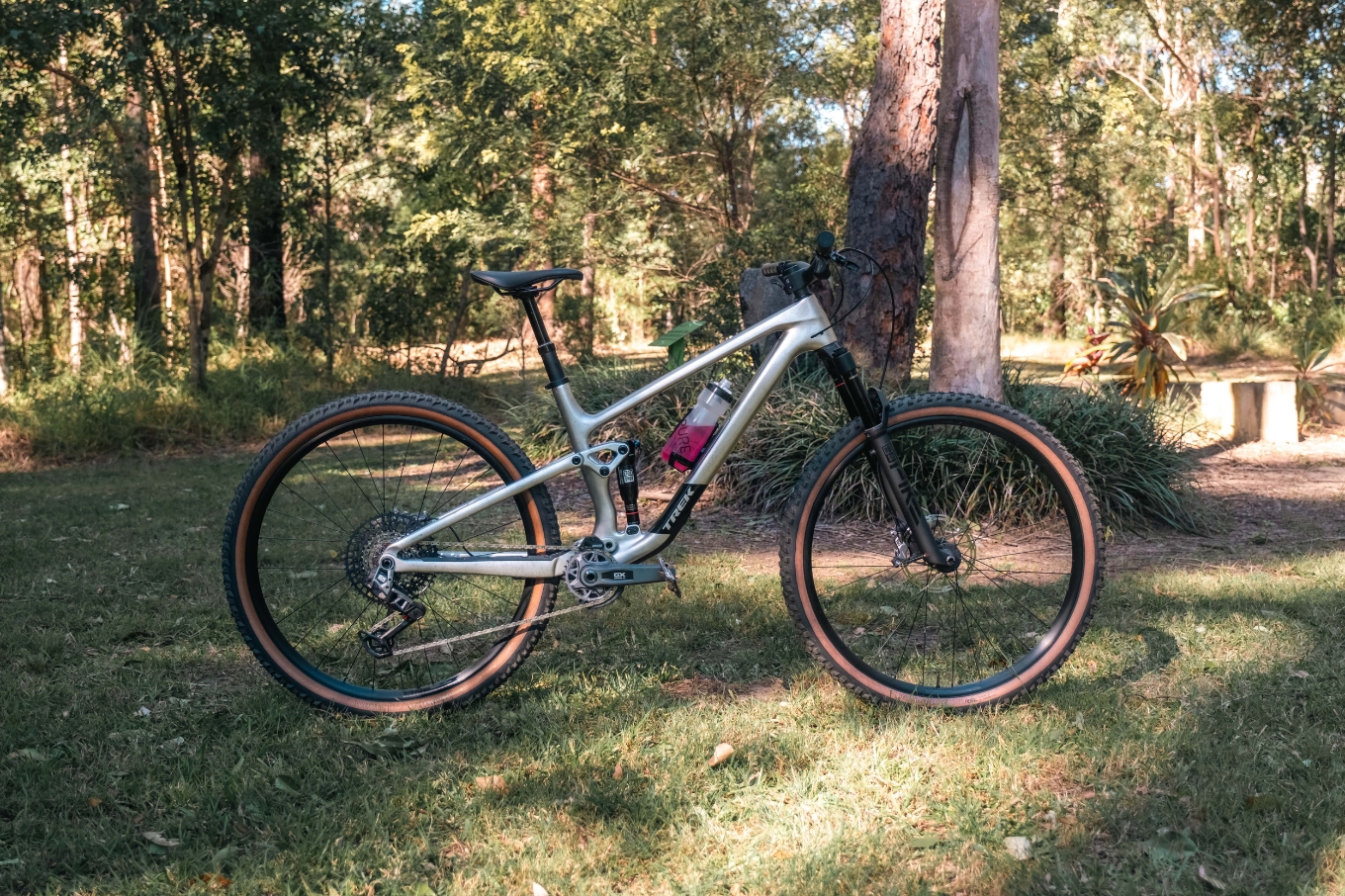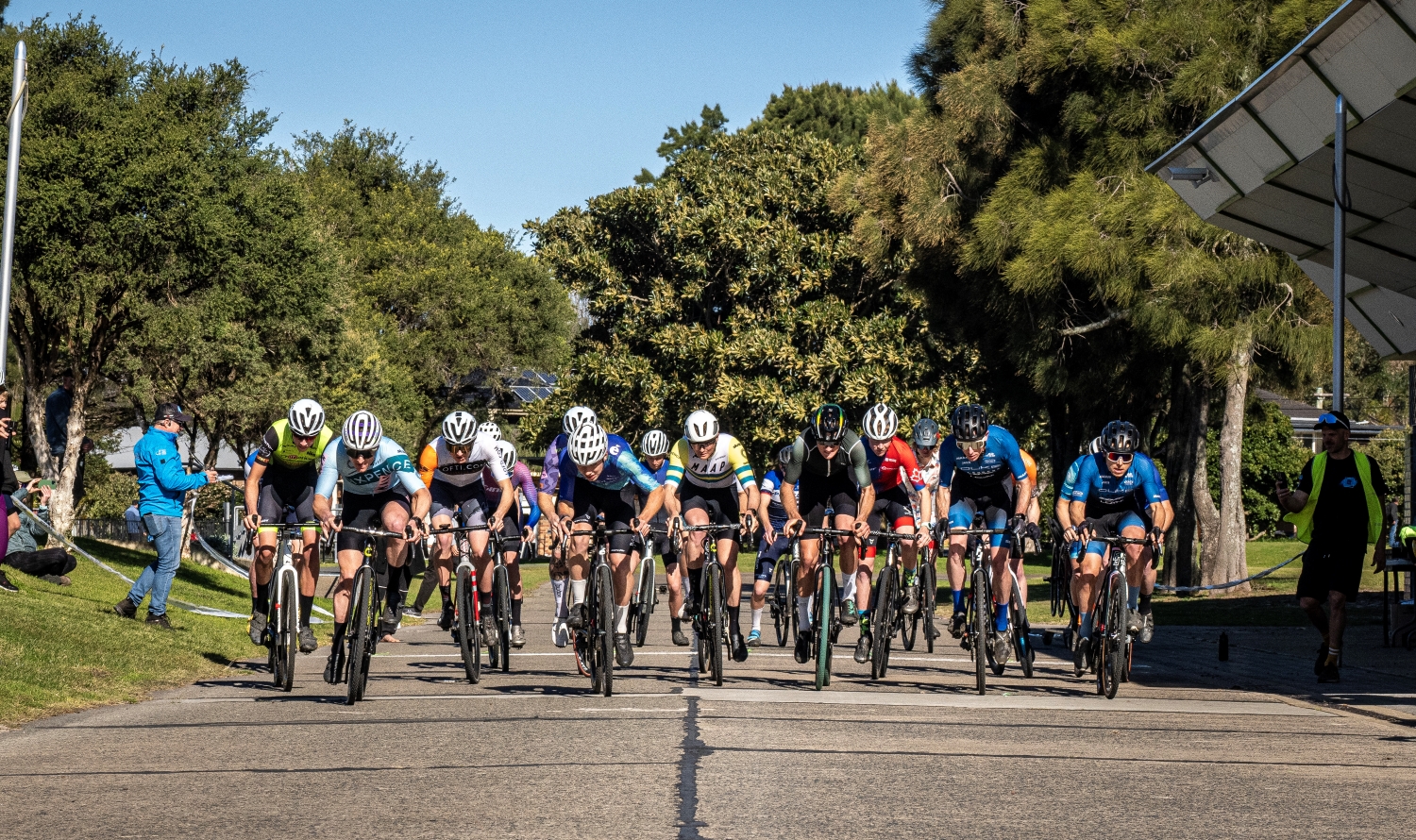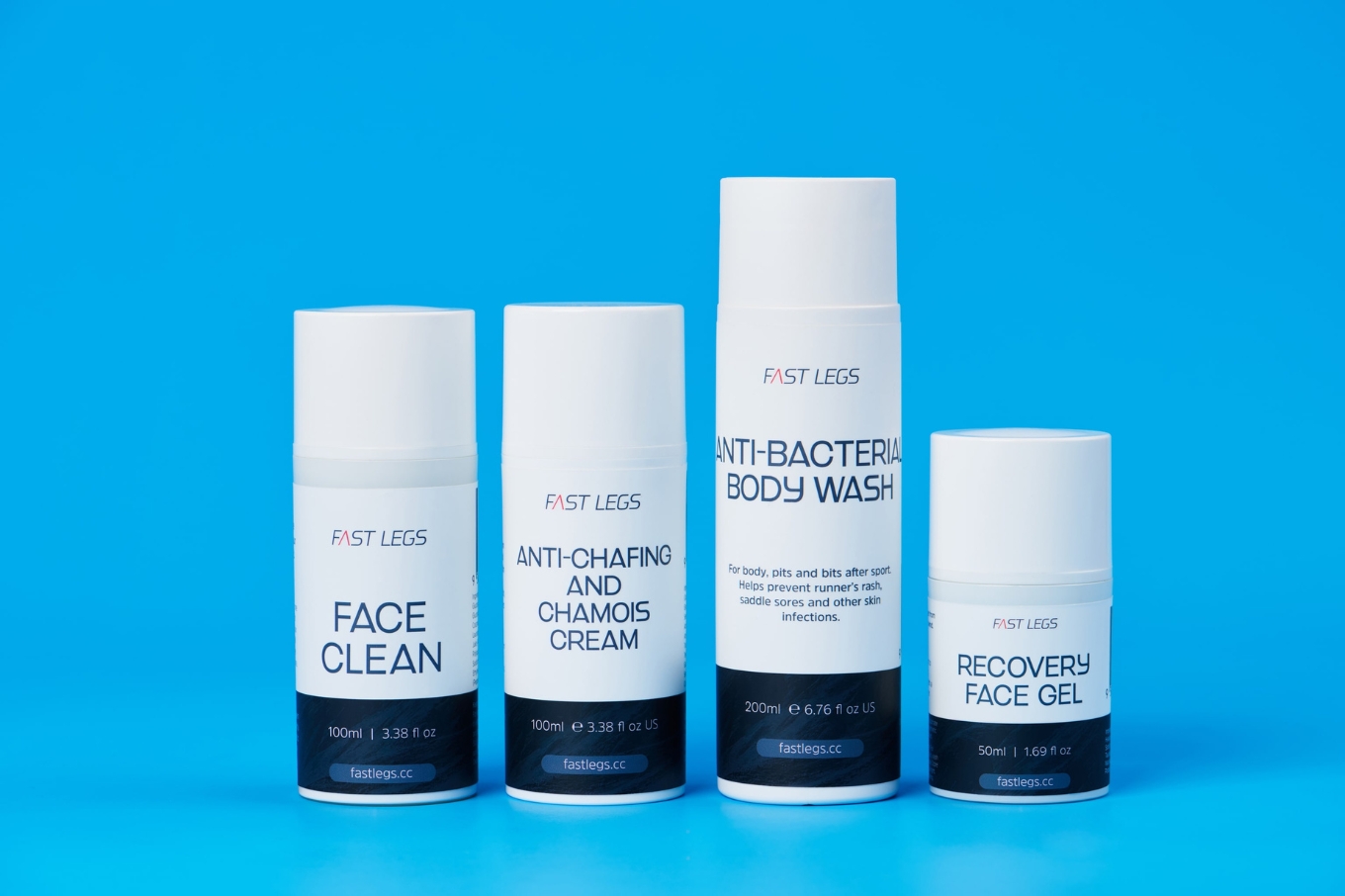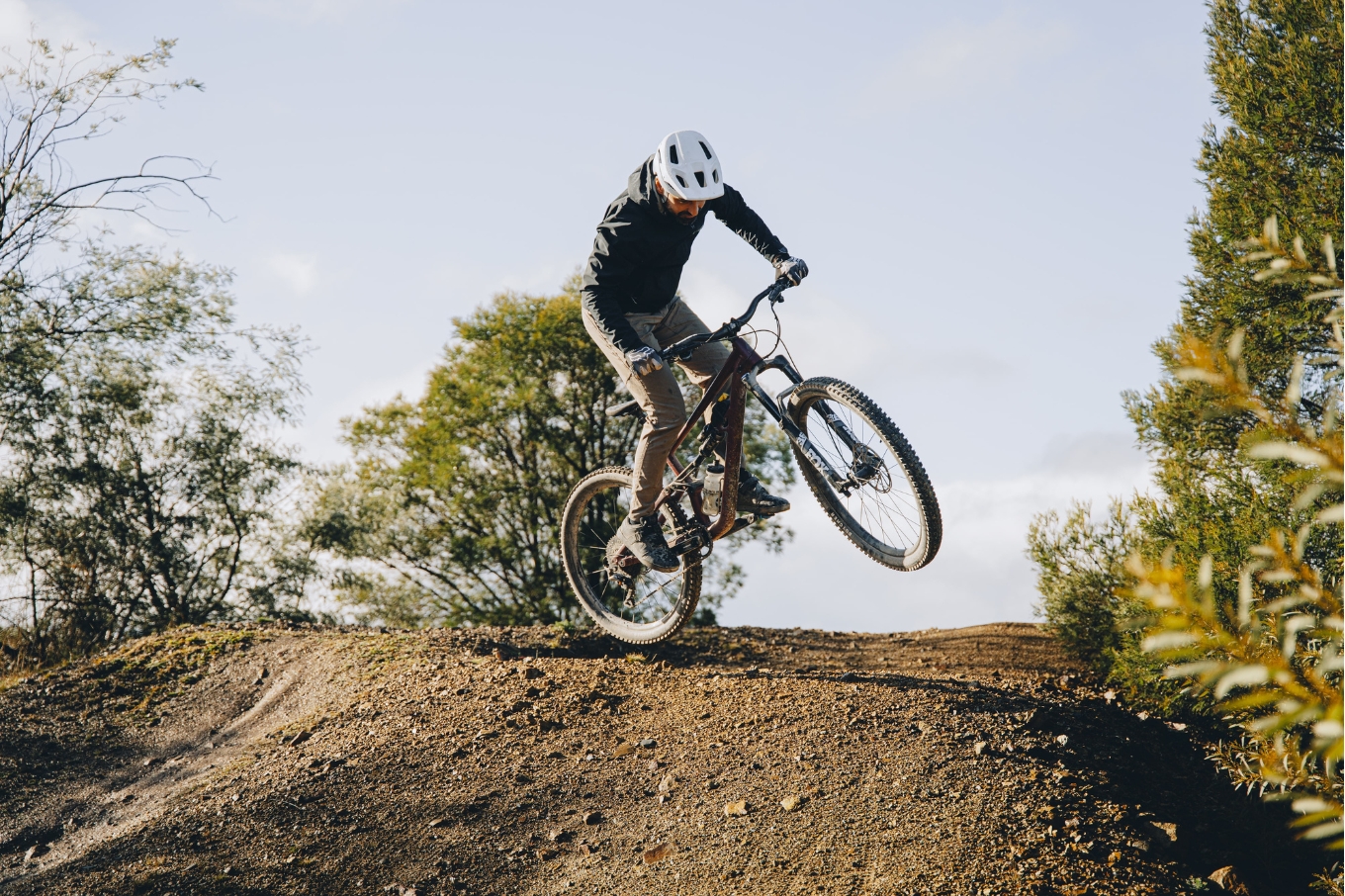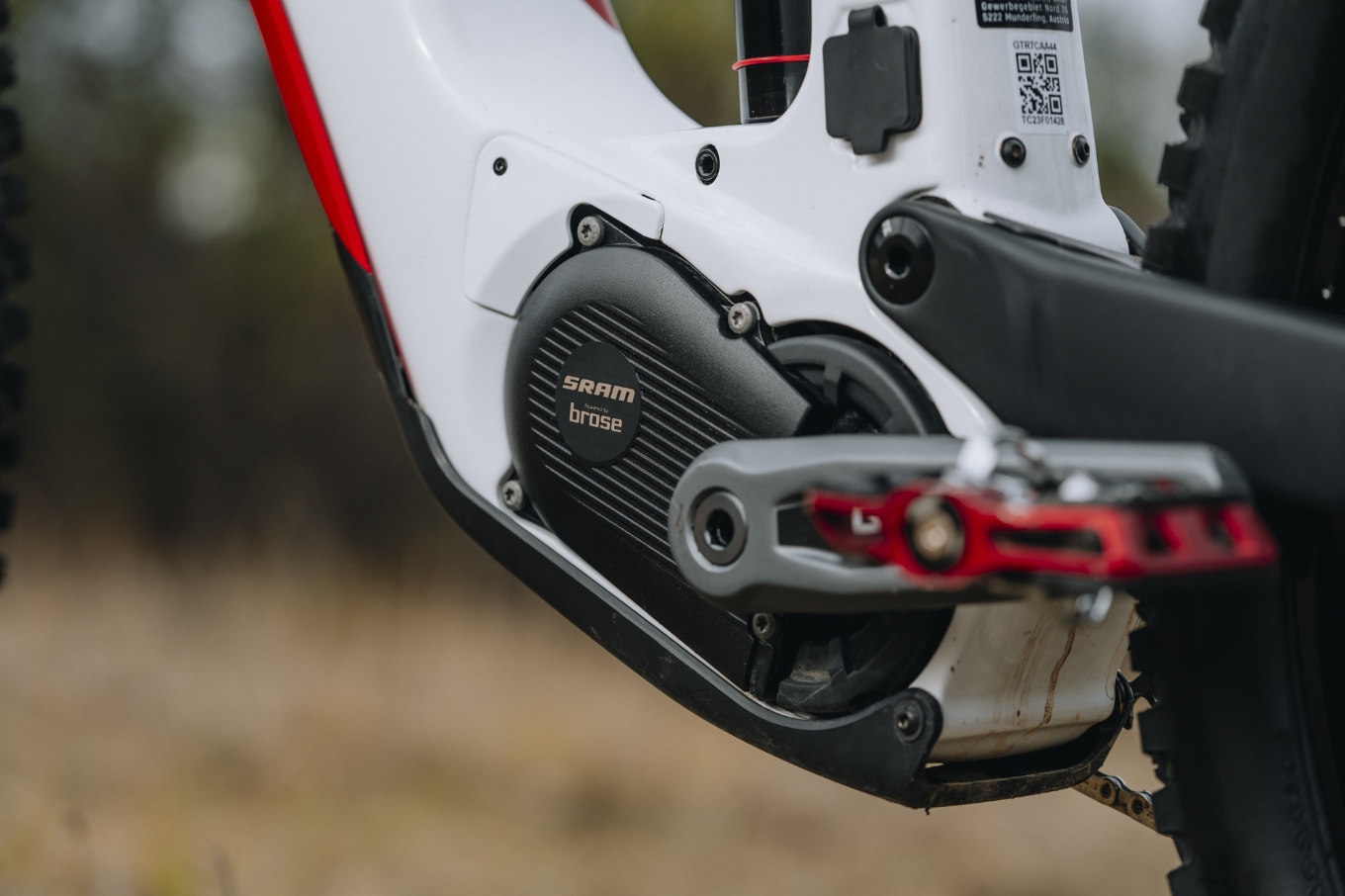Is this the death of women’s specific?
Negotiating the pit falls of purchasing a new bike as a lady can be a difficult task. Anna Beck gives you tools to look pas the industry myths.
Bikes have come a long way in the past few decades. From downtube shifters and fully rigid mountain bikes, we now have electronic wireless shifting (ok, on the road) and more suspension than you can poke a stick at.
Yes a lot has changed, and with this change there has been a notable increase in participation in the sport, especially female riders. While female race numbers may still be lean when compared to male entries (generally it’s around 15 per cent in Australia, but there has been a meteoric rise in participation of women’s only events), there has been a real boom in terms of women riding socially and for fitness.
We are in the age where there are whole companies dedicated to women’s cycling kits, saddles and bikes. Despite this increase, the tides of change are upon us when we look towards women’s specific design (WSD) bikes.
From the late 1990s and early 2000s, brands like Trek and Terry pioneered women’s bikes on the basis that women were seeking a specific fit that wasn’t being accommodated by unisex bikes at the time. The last 15 years have seen an increase in women’s specific products, with most major brands offering a women’s specific line of bike models. Early women’s specific bikes were soon binned for their ‘shrinking and pinking’ of male bikes – that is, cutting a centimetre or two off the top tube and lengthening the head tube for a less-racey, more upright rider experience. But in more recent times companies have invested a fair few clams into studying women’s geometry; speccing lighter tubing and suspension and tailoring to women’s specific contact point on bikes.
It’s interesting, then, that companies such as Yeti, Juliana, and Specialized are now moving away from women’s specific geometry, offering a unisex frame with women’s specific additions (ie: adding an extra smaller size frame to the line up, women’s contact points, custom suspension). So why is it that companies are ditching women’s geometry in preference for a unisex fit?
The size lie: The differences between individual females is broader than the average of differences between sexes. With the rise of bike fit tools, it’s apparent that most women can fit on standard frames, given there are enough size options to cater for smaller individuals.
Make it yours: Specific components of any given bike should be customised to fit any rider, and this is important whether you are female or male! Many people need to swap specific components out anyway, so why spec a women’s specific bike with what women ‘may’ need? Things such as crank length, stem length and seatpost are all individual elements that together create a bike fit. See a bike fit professional to optimise your ride.
Tune it: Many women’s specific brands offered a lighter tune on the suspension. This intimates that women are always lighter than men. Not true! Look at the World Cup XC circuit – most women I know have more gravitational pull than those blokes, and they still shred hard and can ride like warriors. A custom suspension tune is recommended anyway for any new mountain bike.
Bike model options: Some brands offered women’s specific bikes, but only up to a certain price-point or spec level. Often, women looking for a high-end bike were only able to purchase something rocking mid-range spec when they were seeking super-blinged options. Furthermore, often the geometry that is offered for a ‘women’s specific’ bike is less aggressive and more relaxed than a unisex bike, not ideal if you’re after a nimble race whip or aggressive trail weapon. If you’re after a more relaxed ride, that’s cool; most brands offer different styles of unisex bikes dependent on your need.
Customise it: You probably would anyway. Contact points are an important part of any bike spec, but it’s a highly individual preference. Many brands are now offering women’s bikes with the same geometry frame as men but with custom contact points. This could be a good middle ground, but keep in mind that many people will swap out saddles, grips and bars as per their preference.
Words: Anna Beck Photo: Tim Bardsley-Smith


